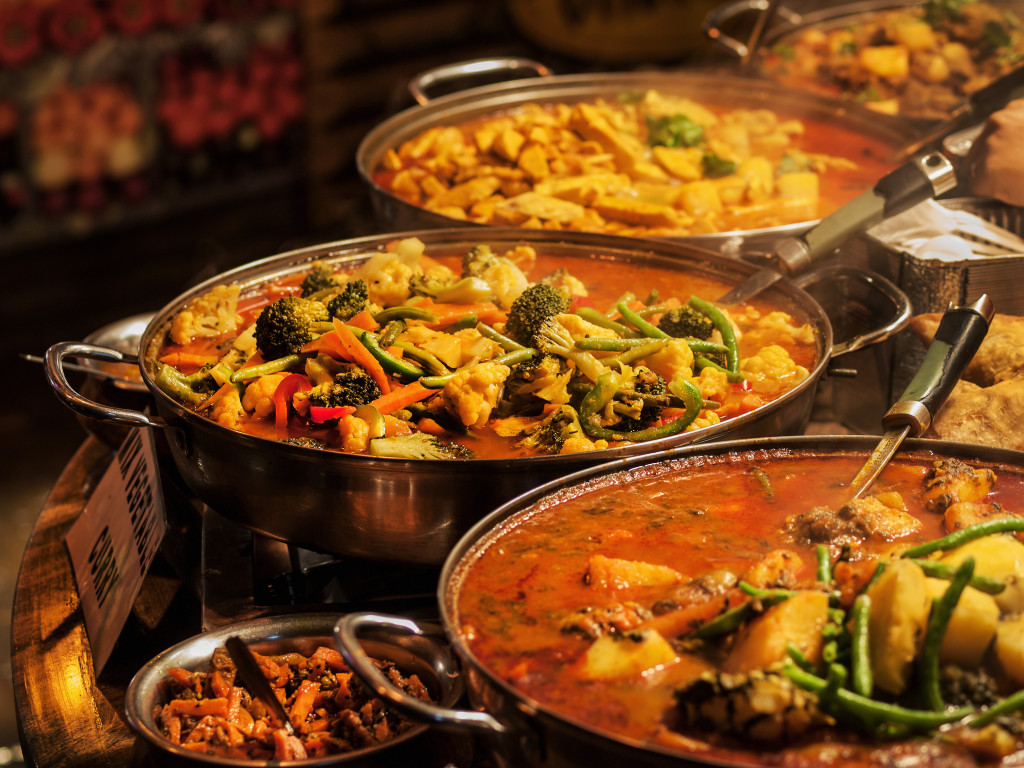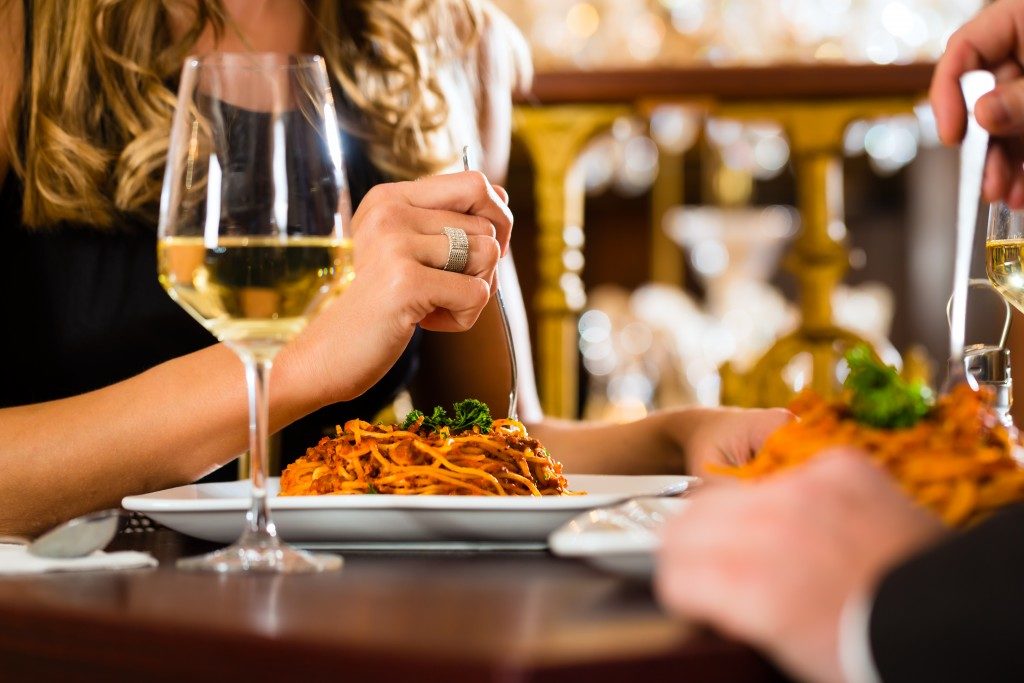- Getting rid of any physical obstacles to help maximize the experience of tasting international cuisines.
- Traditional dishes should be explored to gain knowledge about different flavors, textures, and cooking methods.
- Learning the history behind certain cuisines helps to better appreciate the nuances of each dish.
- Tasting unfamiliar ingredients and flavors with a mindful approach unlocks an entirely new world of deliciousness.
Traveling is one of life’s greatest joys, and there’s no better way to immerse yourself in a culture than by tasting its food. From the spicy curries of India to the sweet dumplings of China, international cuisines offer an array of flavors that can tantalize your taste buds. With this information, you’ll be able to savor every bite with confidence and take your culinary experience up a notch!
Get rid of any physical obstacles.
Many of us love to explore international cuisines and savor different flavors, textures, and tastes that come with them. To experience this feeling to the fullest, it is essential to ensure that no physical hindrances prevent you from doing so.
Dental implants may be a great solution if a complete set of teeth are missing and there is difficulty articulating all cuisines. Quality dental implants enable proper talking, smiling, and eating without any embarrassment; thus, those with one can adequately enjoy their chosen meals and interact with others confidently regardless of where they travel.
Get to know the dishes.
Getting to know the dishes is critical to having an enjoyable culinary experience. Here are some tips on how to do this better:
Try traditional dishes from the region.
Trying traditional dishes from worldwide regions is essential to truly appreciate international cuisines. Although many individuals enjoy incorporating different flavors into their favorite meals, it is essential to understand the history and culture behind that particular cuisine.
For example, take the time to order a traditional dish from Thailand or Japan, such as shrimp pad thai or miso soup. You can learn about how preparation methods create unique flavors and glean some knowledge about local ingredients used in that region. Properly exploring traditional dishes allows for a fuller experience when dining out, but it helps to broaden one’s cultural knowledge and appreciation for different aspects of global cuisine.
Learn about the history of the cuisine.
Learning about international cuisines’ history is essential for getting the most out of them. With knowledge of a culture’s food heritage, you are better equipped to appreciate every nuance and texture within a dish.
Studying cultural history around certain dishes can enlighten you on why specific ingredients were chosen and what techniques were used to achieve certain flavors or textures; these details may have even been passed down and developed over generations.
Furthermore, understanding food-related customs, such as what to eat and when can help enrich your dining experience while allowing you to show respect and appreciation for a culture’s culinary practices. Immersing oneself in culinary history effectively opens up an exciting world of authentic flavors, textures, and stories.
Ask where locals eat.

Asking locals where to go for authentic flavors is a key part of the international cuisine experience. Locals know the ins and outs of their towns, from the best places to eat, to when a special dish is made. By tapping into local knowledge, travelers can ensure they are getting the full range of flavors and cultural nuances that come with traditional cuisine.
The local eateries will provide fresh ingredients and flavors and bring in the culture associated with that region’s food. From chatting up those who have prepared these dishes all their lives to trying out unfamiliar dishes full of flavor, asking locals for recommendations allows travelers to gain real insight into the different cuisines available around the globe.
Taste new ingredients and flavors.
Sampling international cuisines can be a great way to explore different flavors and try something new. Learning how to taste these ingredients is essential to fully enjoy the experience. Rather than chowing down, take small bites so that you have time to discern the flavor notes or textures. Start by assessing the color and texture before eating, and then break down each texture or flavor individually, such as sweet or sour elements.
Letting food sit on your tongue for a few seconds will help you identify other subtle flavors that await within the dish. Finally, don’t forget to savor and appreciate each bite, as it can bring a new level of pleasure and appreciation if done correctly. This mindful approach to tasting unfamiliar ingredients may unlock a new world of deliciousness.
Sample street food.

To truly enjoy international cuisines, it is essential to try street food. Street food offers an immersive culinary experience and uniquely and deliciously introduces one to a country’s culture and customs. Street food should be appropriately sampled with balance in mind. Overeating a single type of dish may lead to feeling overwhelmed or even sick.
Instead, sample small amounts of various dishes while exploring different spice palettes or flavors. Get to know the locals or even take a guided tour where you can learn about preferred dishes that represent the essence of traditional cuisine. Sampling street food for its good flavors and insight into cooking techniques provides an unforgettable highlight of any trip.
These are just some tips to help you get the most out of your international culinary experience. With some effort and exploration, you can enjoy each bite with certainty and uncover various flavors that will tantalize your taste buds.



